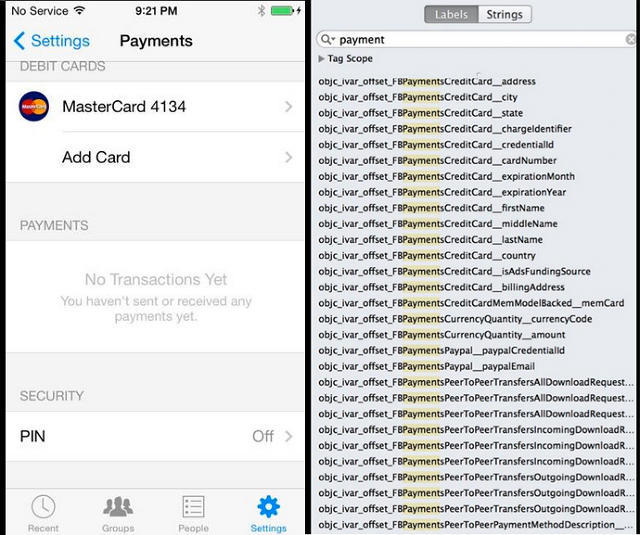How to Harness the Benefits of ŌĆ£Big DataŌĆØ When You CanŌĆÖt Collect it all Yourself
Mo Data stashed this in Big Data in Sales and Marketing
IŌĆÖm a loyal American Express customer, and am continually amazed at how well AMEX aligns their offers to my own personal preferences, both in terms of products that I might want to buy, merchants that I might want to buy from, and channels that I like to communicate across. ┬ĀThey do a tremendous job of analyzing their customersŌĆÖ transactions, building models that accurately assign offers to personas, and then execute across online and offline channels in a customer-centric way to drive increases in share-of-wallet and total spend. ┬ĀThe same can be said for Amazon and a few others.
When it comes to understanding the buying preferences for B2B or B2C customers and prospects, the more personalized the marketing and sales touch is, the higher the likelihood that the target will respond to the call to action. ┬ĀAMEX and Amazon are fortunate in that they have tremendously rich data assets that they can leverage in the form of the transactions that their customers and merchants execute across their network and digital assets. ┬ĀThat said, even AMEX and Amazon have to go outside their four virtual walls to purchase 3rd party data to learn even more about their customers, as well as identify prospect businesses and consumers that donŌĆÖt yet use their products and services. ┬ĀOf┬Ācourse, very few companies have the same level of transactional (and in AmazonŌĆÖs case, behavioral or pre-transactional) data at┬Āthe individual buyer level as AMEX and Amazon. ┬ĀAnd, many companies cringe at the idea of buying┬Āmore┬Ādata, as they have enough trouble managing the data they collect on their own.
While many organizations are staffed with marketing, sales and IT professionals who collect and analyze customer attributes (and there are exponentially more who are┬Ānot-so-well-staffed-or-resourced), companies are so focused on collecting data across their many customer touch points that they forget that there are companies that┬Āspecialize┬Āin┬Ācollecting and selling customer-level information which can be leveraged to provide more insight about their own customers and prospects. Third-party data is availableŌĆöand credibleŌĆöfor specific consumers and businesses, as well as anonymized digital behavior data. ┬ĀBy buying 3rd party data and integrating it into your customer database, you can quickly┬ĀŌĆö and┬ĀmeasurablyŌĆöimprove your ROI by reducing overall spend, while at the same time increasing conversion rates and yield.
Here are 4 tips for how companies can start leveraging 3rd party data quickly and easily:
- Start smallŌĆöclean up your customers. ┬ĀIt doesnŌĆÖt have to be perfect, but put your shoulder into doing a simple hygiene exercise to de-dupe and standardize your information. ┬ĀVendors can help with this if you donŌĆÖt have the skills and tools in-house, or just donŌĆÖt have the bandwidth.
- Enrich what youŌĆÖve gotŌĆöappend data about your customers from vendors that can provide additional intelligence to inform your downstream segmentation, targeting, and ultimately attribution and ROMI. ┬ĀYouŌĆÖd be amazed at whatŌĆÖs out there for purchase, be it for consumers, SMB, or Enterprise. ┬ĀBe thoughtful about where you purchase your list, as there are vendors that have particular expertise in verticals, and segments.
- DonŌĆÖt get too excited by what you see in the windowŌĆövendors typically offer tons of fields that┬Ācould┬Ābe available, but keep in mind that the completeness and credibility of the data may be questionable for more-difficult-to-determine data elements.
- Try before you buyŌĆöat least, before you buy an integrated solution or engage in a long-term commitment. ┬ĀCoverage studies, sample record sets, and test campaigns are all easy ways to get to know the value that you may (or may not) be able to glean from a third-party data provider.
One day I will buy my own consumer record from a few vendors out there, although IŌĆÖm a bit afraid to see what I donŌĆÖt yet know about myself. ┬ĀUntil then, IŌĆÖll let AMEX and Amazon keep telling me what I havenŌĆÖt figured out yetŌĆötheyŌĆÖre usually right, I just donŌĆÖt know it yet.
Stashed in:











3:01 PM Aug 17 2014